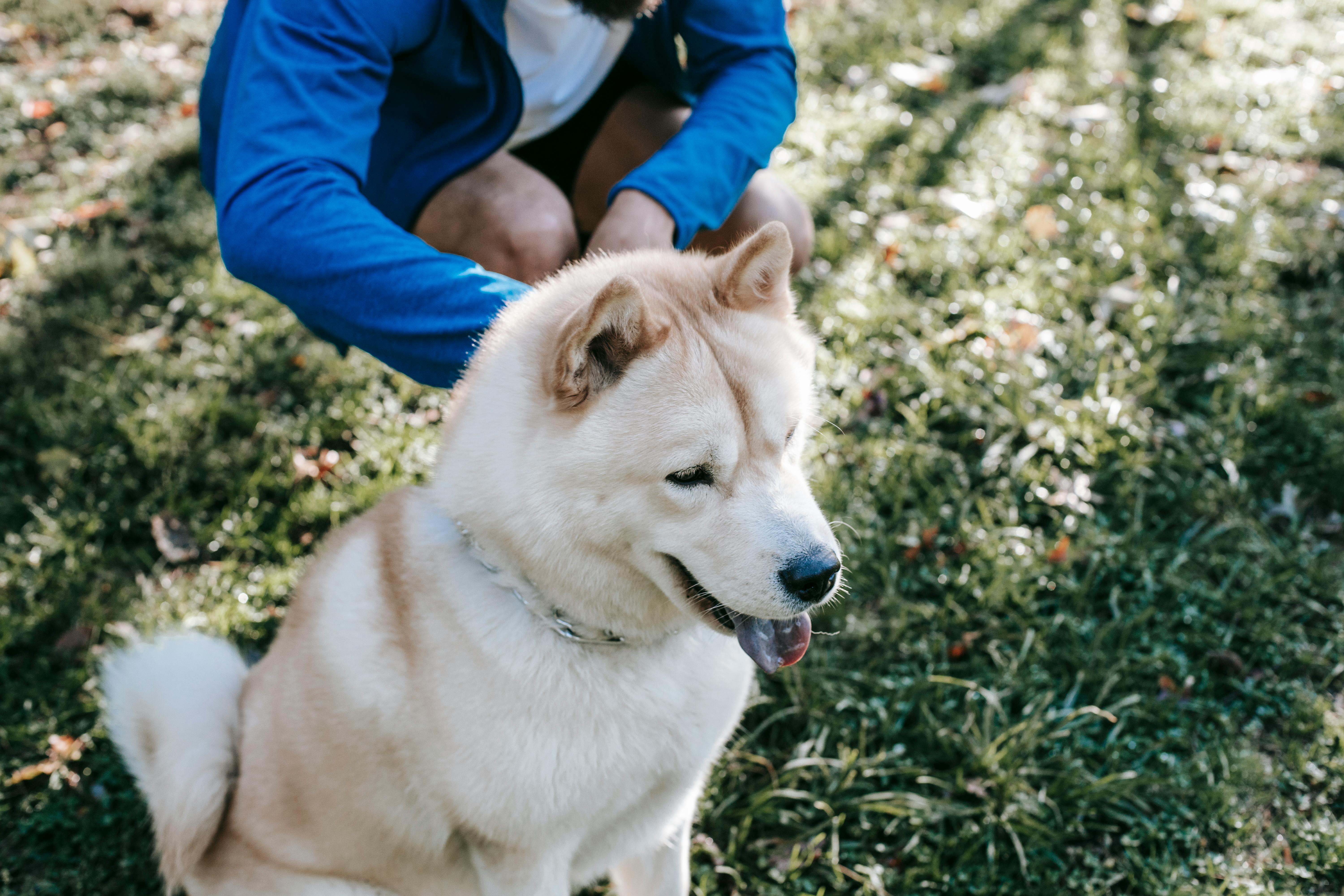
What is the difference between traditional rearing and the rack and box rearing method?
If the traditional rearing method worked better than the rack / cage method, I would still be using it.
The traditional rearing method is a kennel large enough for the puppy to stand up, roll over, and lie down. There is no food, water, toys, and no room to stretch out. If you don’t get up in the middle of the night or don’t get home in time to let your puppy out, the puppy will be forced to lie down in his own urine and feces.
The kennel rack / cage method is a larger kennel with a wire floor. Once the puppy is home, the rack is a backup plan to get out and the kennel door is left open. While working at home, your puppy is never forced to throw away his waste and your puppy stays clean. I don’t want to hold a puppy with things stuck to his feet.
You will spend more time bathing your puppy and cleaning the kennel using the traditional method. You may even need to clean its walls due to the puppy jumping with debris on its paws. I have stained my clothes because I thought the puppy’s paws were clean using the traditional breeding method. Bathing excessively can cause skin problems.
Puppies lick their paws to keep clean. The rack / cage method is healthier for your pet, less exposure to bacteria and E. coli.
Your puppy will enjoy the cage / mesh kennel because it has everything he needs; food, water, toys and a suitable place to relieve themselves if necessary. The kennel serves as a safe place for your puppy as he learns the rules of your home. You cannot destroy or make a mess of anything while you are caged. You don’t need to feel guilty if you want to run an errand since your dog has everything he needs.
With the rack / cage method of rearing, you can leave your dog in the kennel for up to 12 hours. If you use the traditional method, you should not confine your puppy for more than 4 hours as he will be forced to lie down in his excrement, without water, without food and without toys.
Once your dog knows the rules, you can leave the kennel door open and you won’t find a puddle by the door. The puppy will use the rack as the proper place to relieve himself when you cannot let him out.
If your dog has diarrhea, it will fall off the rack and will not be tracked throughout your home. If you are using newspaper or puppy pads, crawling will be a problem and your puppy may decide to tear up the newspaper or pads.
The rack is portable and can be easily carried when visiting. Your family, friends, and others will be impressed with how easy it is to care for your dog.
Training is simple. At first, the only time the puppy is allowed out of the kennel rack / cage is when you are concentrating on him. If you see that the puppy is nose down, return him to the kennel for 5 minutes or take him outside for the same time.
Do not give the puppy eye contact, talk or play with him as he learns where to go, just wait or walk in a large circle if he is outside. When the puppy does his job, wait until he has completed the job and verbally reward your pet. If 5 minutes pass and the puppy did not need to leave, let him out of the kennel or bring him back.
If your attention cannot be on the puppy, return him to the kennel with the door closed or pick him up and take him with you.
Once your puppy has had success using the rack for a 3 week accident-free period, test your puppy. My wire / cage kennels have wheels; I can easily move it around my house. I want to train the puppy to find the grid. Move the rack a couple of feet so it is still in view of the original location. Once the puppy is successful in the new place for several days, move him to another room and take your dog. Place your dog on the rack and let him run to another room, repeat several times. This shows your dog where the grid is and how to find it. I like to alternate between going outside and using the rack until my dog has shown that he will use the rack if he doesn’t get the signal to go outside. No matter where I travel, whoever takes care of my dog, or if I move, the puppy will find the grate.
I like a clear sign to go out, I use a service bell that the puppy can step on. This prevents barking, staring, and scratching at my door. Simply train your dog to step on the bell by lifting its front paw and placing it over the bell. When it rings, take your dog outside and next time to the grill. This teaches your dog to use the backup plan if you cannot be there to open the door.